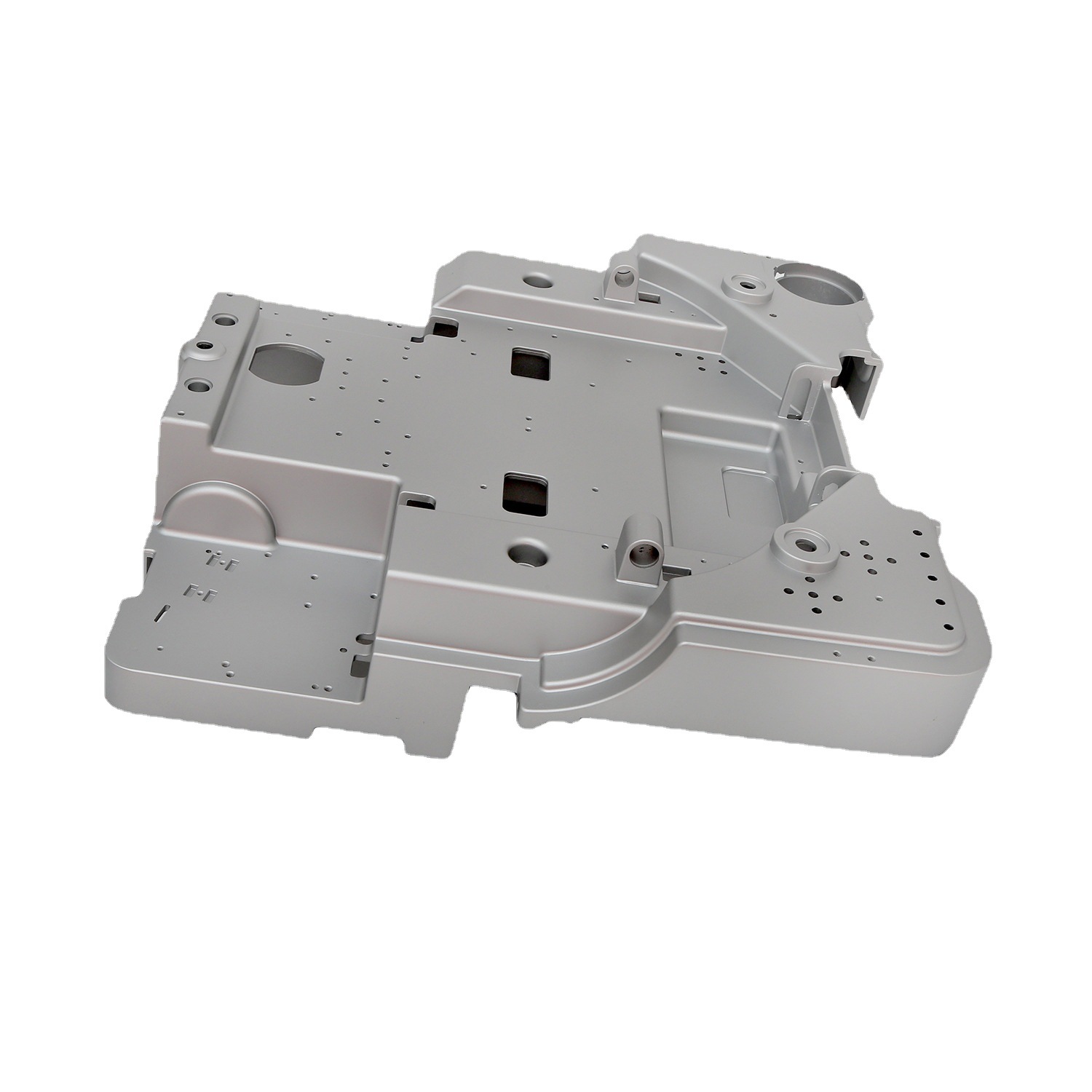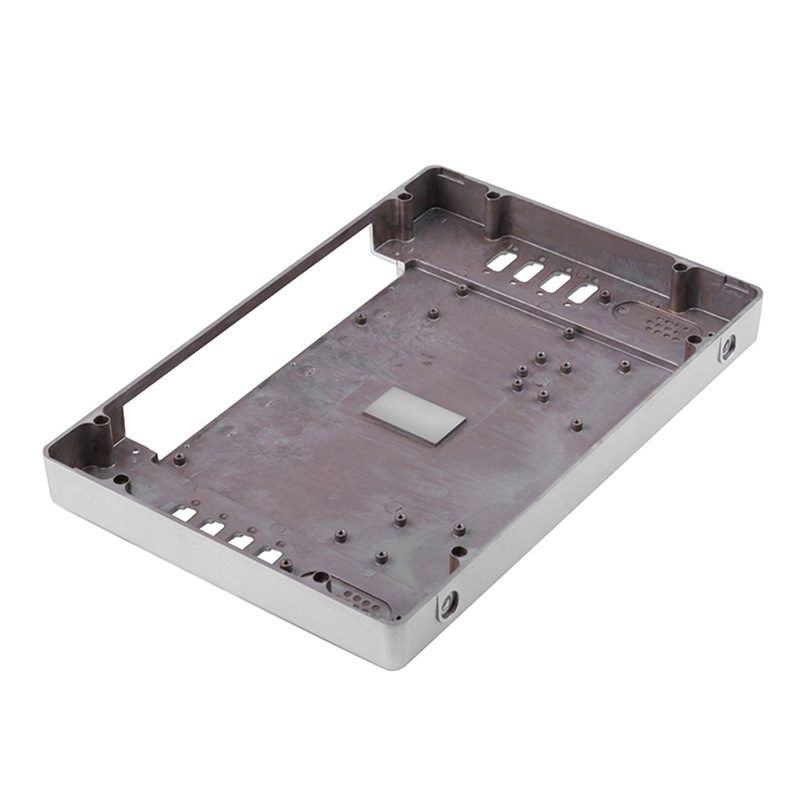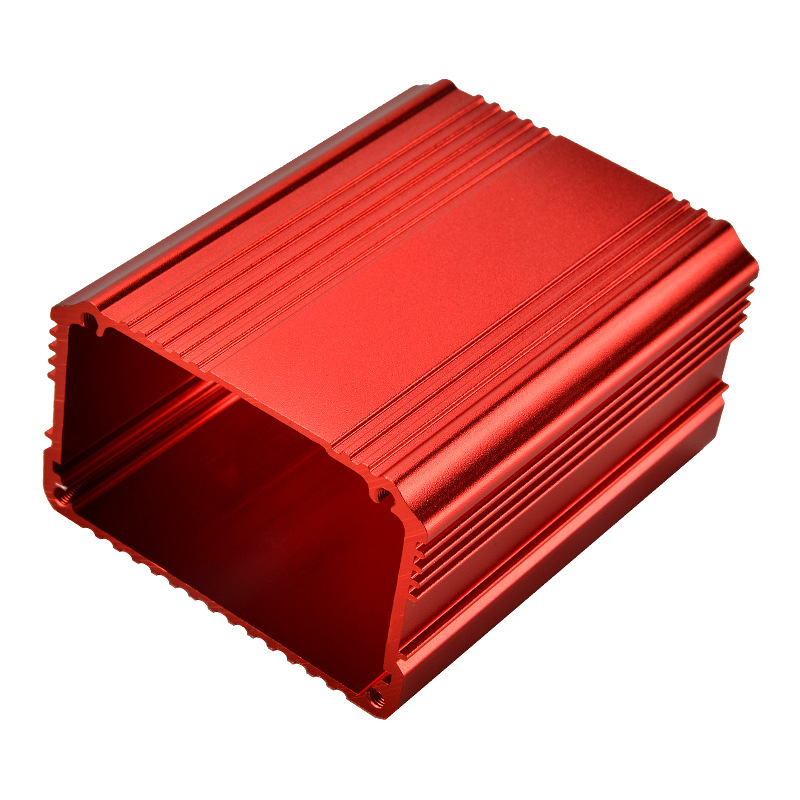Aluminum alloy enclosures are widely used across electronics, automotive, aerospace, and industrial applications for their lightweight strength and corrosion resistance.
However, like any casting product, they are susceptible to certain manufacturing defects that can impact functionality, aesthetics, and cost-efficiency.
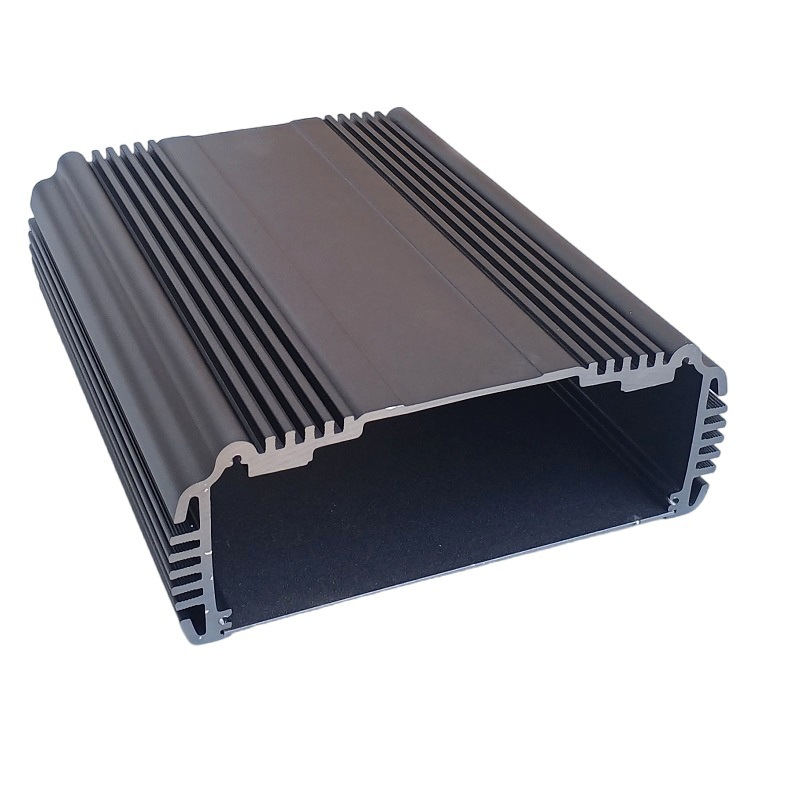
The most common include porosity, shrinkage cavities, inclusions, hot tears, surface cracks, flash, blistering, and soldering. These issues often stem from casting parameters, mold design, or material contamination.
To help you identify and mitigate these risks, let’s examine each type of defect, understand its root cause, and explore practical prevention strategies to improve enclosure quality and production yield.
-
Table Of Contents
-
1. What Are the Most Common Defects in Aluminum Alloy Enclosures?
-
2. Why Is Porosity a Common Problem in Aluminum Alloy Enclosures?
-
3. How Does Shrinkage Affect Aluminum Enclosure Quality?
-
4. What Are Inclusions and How Do They Form?
-
5. What Is Hot Tearing in Aluminum Casting?
-
6. How Do Surface Cracks Compromise Enclosure Performance?
-
7. What Is Flash and How Does It Impact the Final Product?
-
8. Why Does Blistering Occur in Aluminum Alloy Enclosures?
-
9. What Is Soldering in Casting and Why Does It Matter?
-
10. Can Surface Treatments Improve Enclosure Quality?
-
11. What Do Buyers Need to Consider Before Finalizing an Order?
-
12. How to Prevent Common Defects in Aluminum Alloy Enclosures?
-
13. Summary
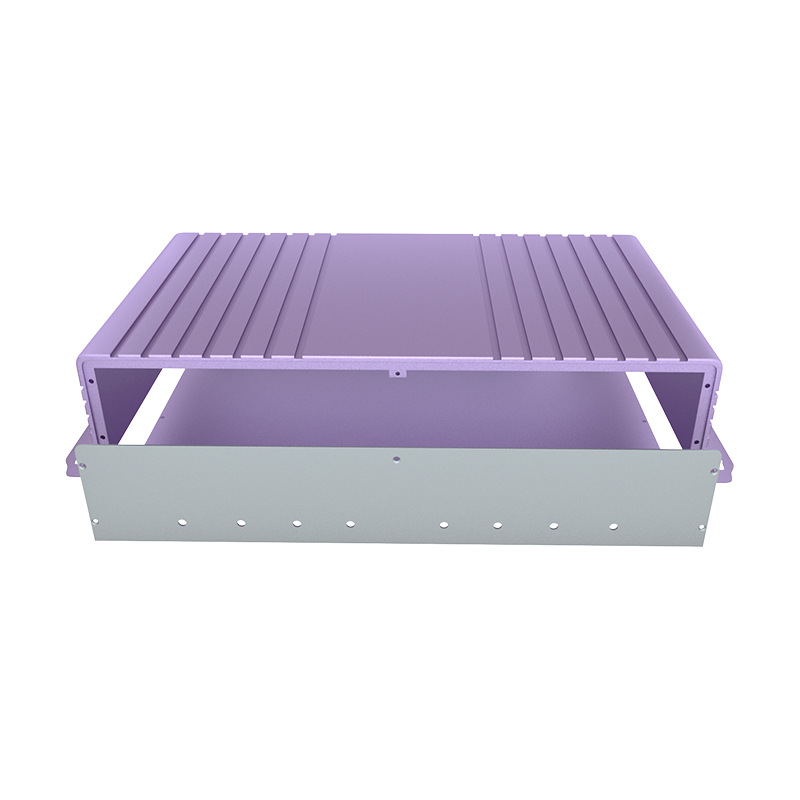
Why Is Porosity a Common Problem in Aluminum Alloy Enclosures?
Porosity refers to tiny holes or voids within the casting caused by trapped gases, usually hydrogen. It’s one of the most widespread issues in aluminum die casting.
How it happens:
Hydrogen dissolves in molten aluminum but becomes insoluble as the metal solidifies, forming gas pockets. Inadequate degassing, turbulent metal flow, or poor die venting can lead to trapped gas.
Impact on performance:
Porosity weakens mechanical strength, causes leaks in pressure-tight housings, and can create surface blemishes after machining.
Prevention:
• Perform proper melt degassing
• Design efficient gating and venting systems
• Consider vacuum-assisted casting for critical parts
How Does Shrinkage Affect Aluminum Enclosure Quality?
Shrinkage occurs when molten aluminum contracts during solidification and isn’t sufficiently fed with liquid metal.
How it happens:
Thick sections or poor thermal gradients prevent full feeding, forming shrinkage cavities in cooling zones.
Impact on performance:
Shrinkage weakens structural integrity, reduces load capacity, and creates dimensional inconsistencies.
Prevention:
• Incorporate risers or chills in mold design
• Control solidification through temperature management
• Use simulation tools to predict shrinkage zones
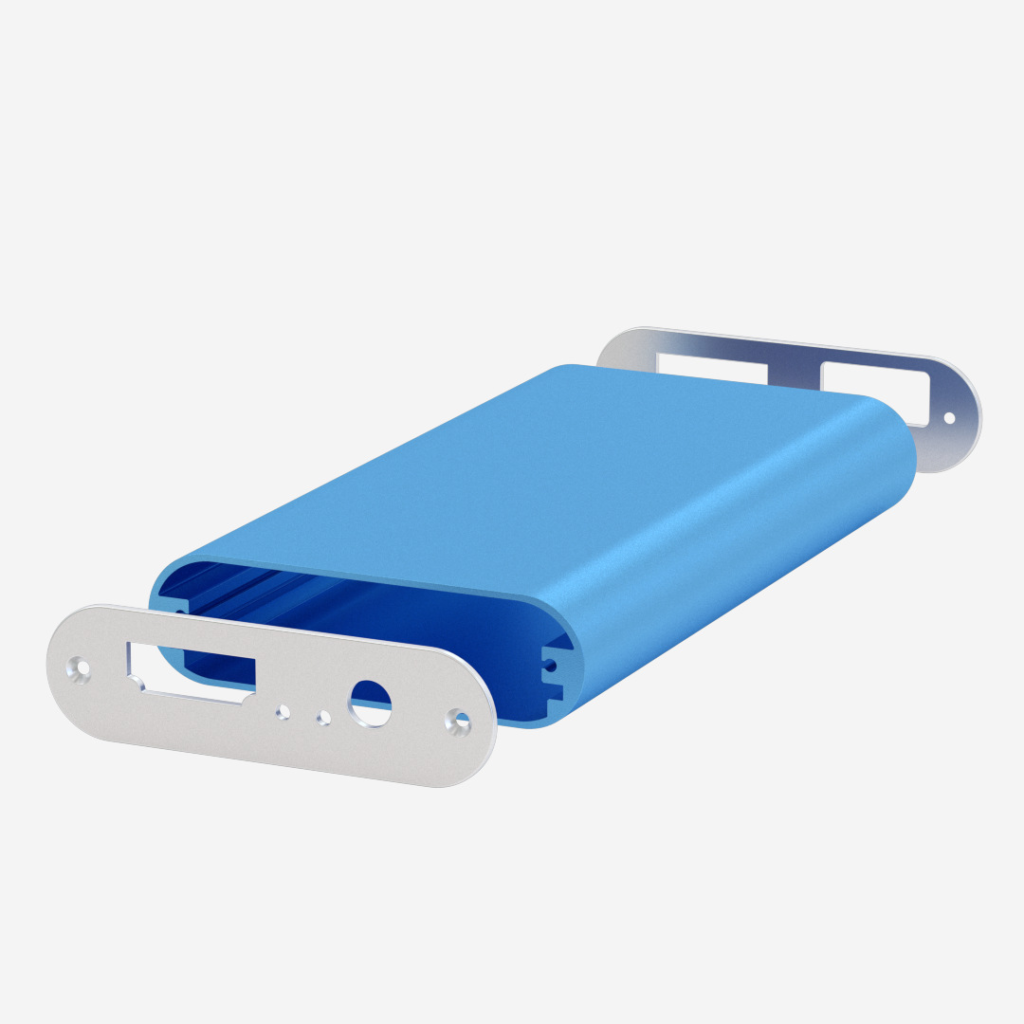
What Are Inclusions and How Do They Form?
Inclusions are foreign particles—like oxides, slag, or dirt—that become embedded in the metal.
How it happens:
Contaminated scrap, poor melt handling, or turbulence during pouring can introduce these impurities.
Impact on performance:
They act as stress concentrators, increase the risk of cracks, and reduce fatigue strength.
Prevention:
• Clean charge materials thoroughly
• Flux and filter the melt before casting
• Avoid turbulent metal flow into molds
What Is Hot Tearing in Aluminum Casting?
Hot tearing (also called hot cracking) results from internal stress during solidification.
How it happens:
When solidifying metal is restricted in movement—by geometry or rapid cooling—it may crack before full solid formation.
Impact on performance:
Hot tears reduce mechanical strength and can render parts unusable.
Prevention:
• Use cast-friendly alloy compositions
• Design molds to allow uniform shrinkage
• Optimize cooling paths to reduce thermal stress
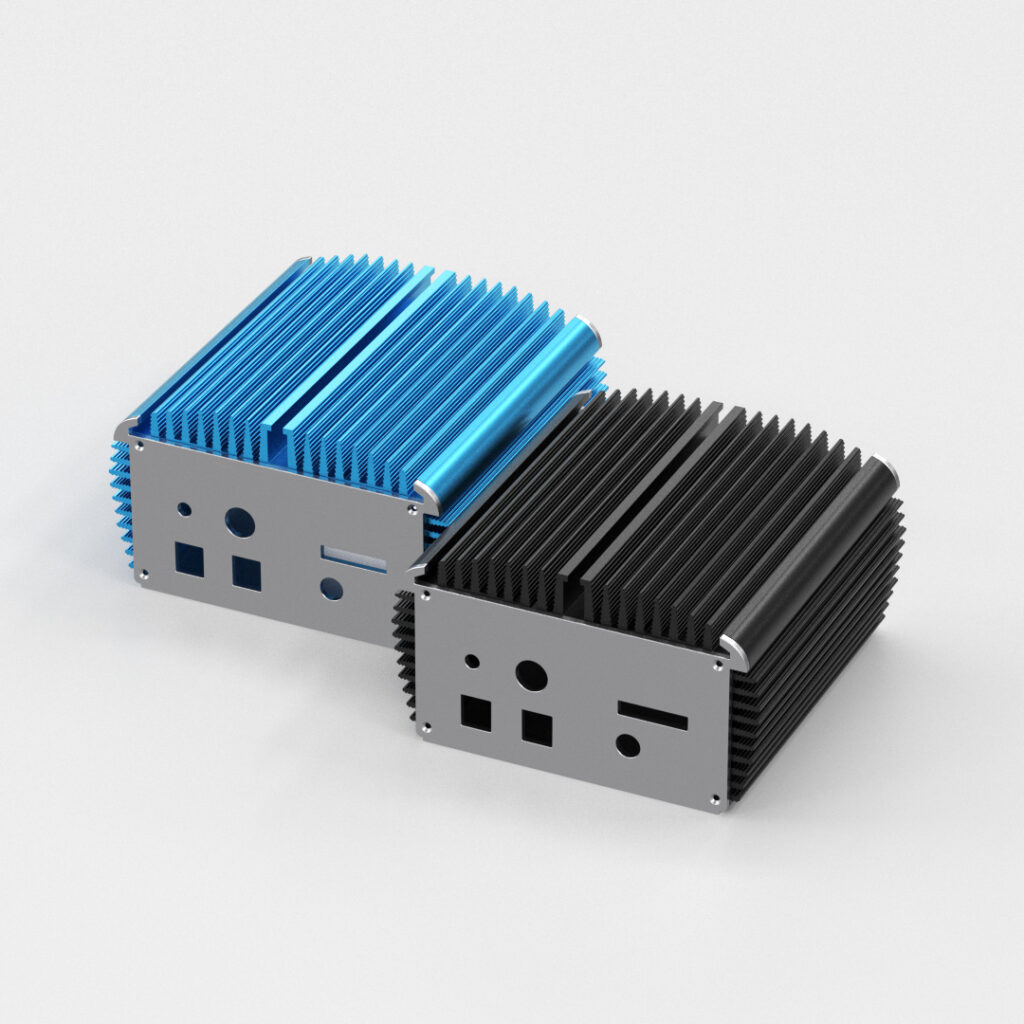
How Do Surface Cracks Compromise Enclosure Performance?
Surface cracks are visible fractures on the casting surface caused by thermal shock or mechanical stress.
How it happens:
These may form due to sudden cooling, mold damage, or poor ejection practices.
Impact on performance:
They lower strength, make coatings difficult to apply, and may propagate into structural cracks.
Prevention:
• Apply consistent cooling across the mold
• Use radiused corners and fillets to reduce stress
• Handle parts carefully during demolding
What Is Flash and How Does It Impact the Final Product?
Flash refers to thin metal layers that leak out at die parting lines.
How it happens:
Flash occurs when high pressure forces molten metal through worn or misaligned die surfaces.
Impact on performance:
It increases post-processing time, may interfere with fit or function, and adds cosmetic defects.
Prevention:
• Maintain tight die seals
• Regularly service and align molds
• Optimize injection pressure
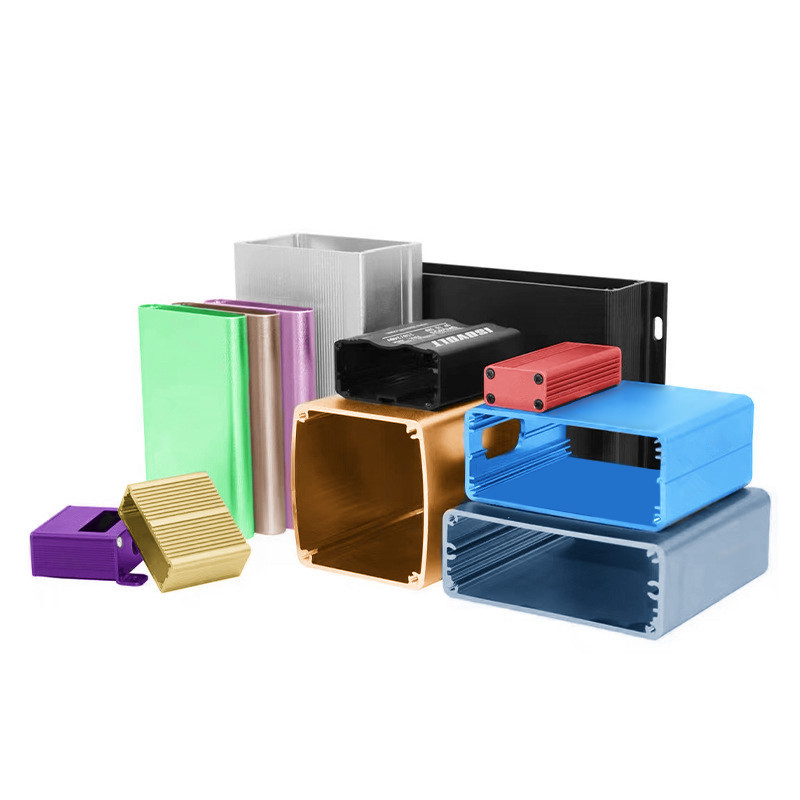
Why Does Blistering Occur in Aluminum Alloy Enclosures?
Blistering appears as raised bumps on the surface due to expanding gas trapped beneath the solidified layer.
How it happens:
It can occur from moisture contamination, poor degassing, or rapid heat treatment cycles.
Impact on performance:
Blisters compromise both aesthetics and structural performance.
Prevention:
• Dry and preheat molds and tools
• Degas the melt thoroughly
• Use controlled heating during post-cast treatments
What Is Soldering in Casting and Why Does It Matter?
Soldering in die casting refers to molten aluminum sticking to the die surface.
How it happens:
Occurs when the alloy reacts with the mold or mold temperatures are too high.
Impact on performance:
It damages mold surfaces, increases die wear, and degrades casting surfaces.
Prevention:
• Apply protective die coatings
• Maintain optimal die temperatures
• Use heat-resistant die materials
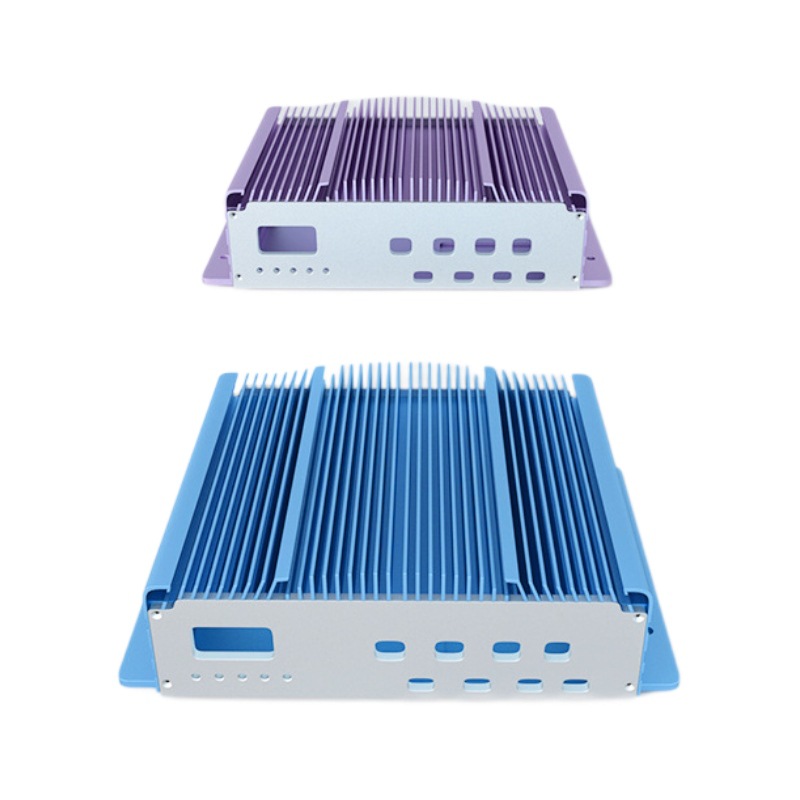
Can Surface Treatments Improve Enclosure Quality?
Absolutely. Surface treatments not only improve appearance but also help mask minor surface defects and enhance performance.
Common treatments include:
• Anodizing: Adds corrosion and wear resistance
• Chromating: Improves corrosion resistance and paint adhesion
• Powder Coating: Offers durable, aesthetic finishing
These treatments are essential for enclosures used in harsh or visible environments.
What Do Buyers Need to Consider Before Finalizing an Order?
From a buyer’s perspective, quality assurance and defect control are non-negotiable. When sourcing aluminum alloy enclosures, ask these questions:
• Are castings inspected for porosity or cracks using X-ray or pressure tests?
• Does the supplier use simulation tools to predict and prevent shrinkage or soldering?
• Are surface treatments included or offered as optional add-ons?
• What alloy grade is used, and is it suited to the enclosure’s environment (e.g., marine, industrial, electronic)?
• Can the supplier demonstrate control over moisture, hydrogen, and contamination?
By aligning technical requirements with supplier capabilities, buyers can reduce defect risks, avoid costly redesigns, and ensure the product meets its end-use demands.
How to Prevent Common Defects in Aluminum Alloy Enclosures?
High-quality enclosures begin with robust design and process control:
• Choose suitable alloys for your application
• Optimize mold and gating systems using simulation
• Degas and filter the melt before casting
• Maintain molds and equipment regularly
• Train operators to identify and respond to process deviations
Defect prevention isn’t one action—it’s an integrated system.

Conclusion
Aluminum alloy enclosures are strong, lightweight, and versatile—but prone to defects without proper control.
Issues like porosity, shrinkage, cracking, and soldering can be mitigated through better design, alloy selection, melt treatment, and mold management.
By understanding these common flaws and working with experienced manufacturers, you can achieve higher part quality, longer service life, and lower total production costs.



